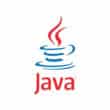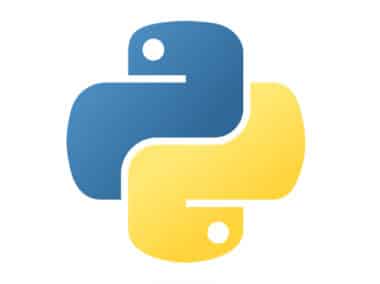Java is a high-level, general-purpose programming language that was originally designed by James Gosling and his team at Sun Microsystems in the mid-1990s. It is an object-oriented language that is used to create applications and software that can run on any operating system, making it a platform-independent language.
Brief History of Java
Java was first released in 1995, and it quickly gained popularity due to its ability to run on any platform that had a Java Virtual Machine (JVM) installed. This made it an ideal language for building cross-platform applications, which was a major advantage at a time when there were many different operating systems in use. Since then, Java has continued to evolve and has become one of the most widely used programming languages in the world.
Features of Java
One of the key features of Java is its object-oriented programming model, which allows developers to create modular, reusable code that can be easily maintained and extended. Java also has a very robust standard library, which provides developers with a wide range of tools and functions that they can use to build applications quickly and efficiently.
Another major feature of Java is its automatic memory management system, which makes it much easier to write code that is free from memory leaks and other common problems. This feature also makes Java much safer than other programming languages, since it prevents many common security vulnerabilities that are caused by memory management issues.
Finally, Java also has excellent support for multithreading, which allows developers to write code that can take advantage of modern multi-core processors. This makes it possible to create applications that can perform complex tasks quickly and efficiently, even on older hardware.
Advantages of Java
There are many advantages to using Java as a programming language. One of the most important is its platform independence, which makes it possible to write code that can run on any operating system. This means that developers can create applications that can be used by a wide range of users, regardless of the hardware or software they are using.
Another major advantage of Java is its security features, which are built into the language itself. Java has a number of features that make it much harder for hackers to exploit common vulnerabilities, such as buffer overflows and memory leaks. This makes it a popular choice for building applications that need to be secure and reliable.
Java is also known for its scalability and performance, which are critical factors for many large-scale enterprise applications. The language can easily handle large amounts of data and complex computations, making it a great choice for applications that require high processing power.
Finally, Java also has a very active developer community, with millions of developers around the world contributing code, libraries, and other resources to the language. This means that there are always new tools and frameworks being developed that can help developers to build better, more powerful applications.
In conclusion, Java is a powerful and versatile programming language that has many features and advantages that make it a popular choice for developers. Its platform independence, security features, scalability, and performance are just a few of the reasons why it is widely used to create applications and software across a wide range of industries.




